I've seen QR Codes (and other competing 2-d codes) used properly, in the right environment, appealing to the right crowd, and I've seen them used poorly, with no consideration of use. Often, this can be attributed to overzealous use of new technology, but it reflects badly on the designer, and excludes potential new business.
In this brief article, we'll review the strengths of QR Codes, and similar 2-D barcodes, and offer good and bad examples of use in marketing and online, and we'll discuss their strengths and weaknesses. I have blogged about QR codes in the past, and I'm beginning to see them used in more and more marketing pieces. I'm still working on other public-space QR-Code projects, and will blog about them later on...
The Rules:
 Any use of any 2-D barcode, including QR Codes, should be IN ADDITION to the plain text version of the same. There is no reason to force your customers to download an app to communicate with you, ever!
Any use of any 2-D barcode, including QR Codes, should be IN ADDITION to the plain text version of the same. There is no reason to force your customers to download an app to communicate with you, ever!If you're following along, you'll note this is default behavior with standard product price barcodes, as seen to the right. The encoded information is usually always directly below the data. You can read it with your eyes, if need be.
-
Don't use QR-Codes or any 2-D barcodes online. You can create them online, and they link to things online, but should not appear online, as any technology to read them is not online.
In the below example, the QR code links to the very page you're looking at, which might be nice if you wanted to see that same page on your phone, but an odd use when there are plenty of other, better ways to re-use or re-purpose the pages content on a phone.
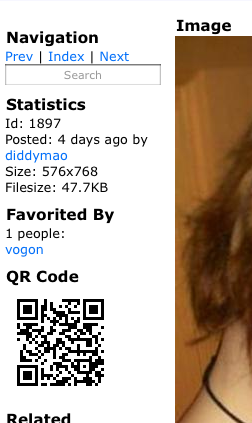
- Every square inch of marketing materials is expensive, and wasting it on un-readable information is risky. Print work is for human consumption. It should be easy to read, and be divided into bite-sized chunks to make it nonthreatening to read. If you devote 2% of your printed page to non-human readable information, where does it end?
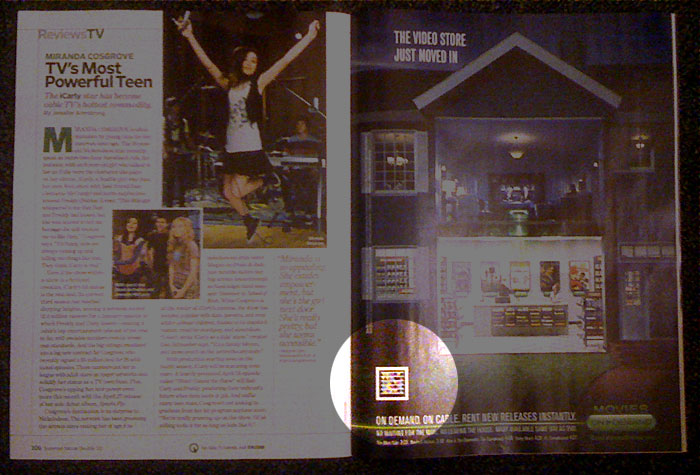
The Good, The Bad, and The Ugly Uses
Now we've gone over some ground rules for using QR codes in marketing materials, let's review some examples of QR codes and the like in use.
The Good
I have begun to use QR codes in tech-friendly ways to start a discussion, but more importantly, let the curious file the info for later perusal. Here's a still from an appearance I was at as an ambassador from The Hacktory at a local Inventor's Meeting. We used simple laser prints of our URL along with the QR Code. This way, you can tell what the QR Code reads without a QR code reader. I had a few conversations with other interested techies who remarked on the QR Code. Most were interested in more info on the QR Code, and not about the Hacktory, but I thought that drawing on parallel interests was a smart start. Most importantly: No one needed to ask what data the QR code contained.
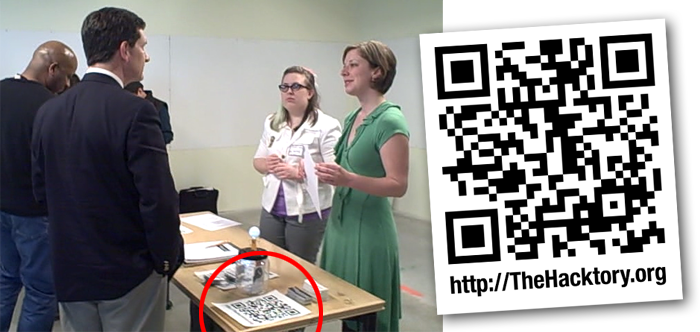
This is a Good implementation but a wrong deployment! Not only do they explain what it is, and the information contained in it, but offer links to applications that will help you decode it!
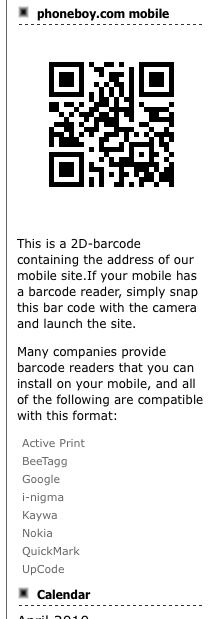
QR Codes are the link between offline and online. They excel at connecting the real world (coffee shops, street advertisements) to online URL's. Any website that deploys QR codes online is missing the mark: Your visitor is already online. This particular use is still good, for it links to the mobile version of this web site. So, not only does it link the right user to the right service, it uses the right tool!
The Bad
There are a few branded competing 2-d codes similar to QR codes, often deployed in already establish publishing empires. Below is a picture of Entertainment Weekly's recent issue pushing Microsoft Tag full color 2-D barcodes. In the preface of the issue, they offer simple instructions for getting the software, and how to use the technology. A good start, educating the customer about the benefits of this technology.
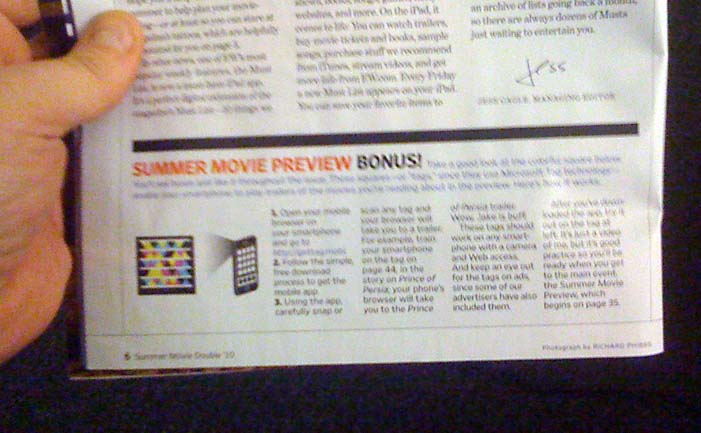
No Editorial/Advertising Divide!
Sure enough, in the issue, it's used in many editorial positions, usually as an extra 'media' feature with classic text anchors. But in this issue, the real insidious winners are the advertisers, when the barcode crosses the fold to appear in ads, too.
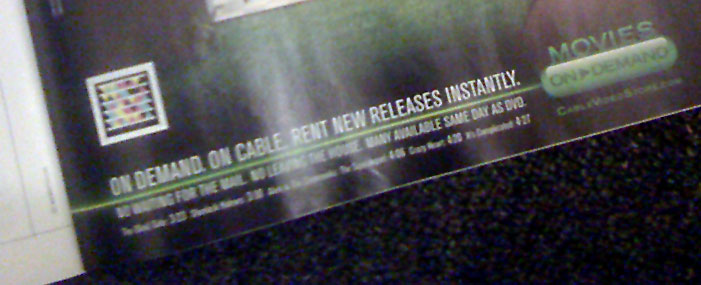
The Ugly
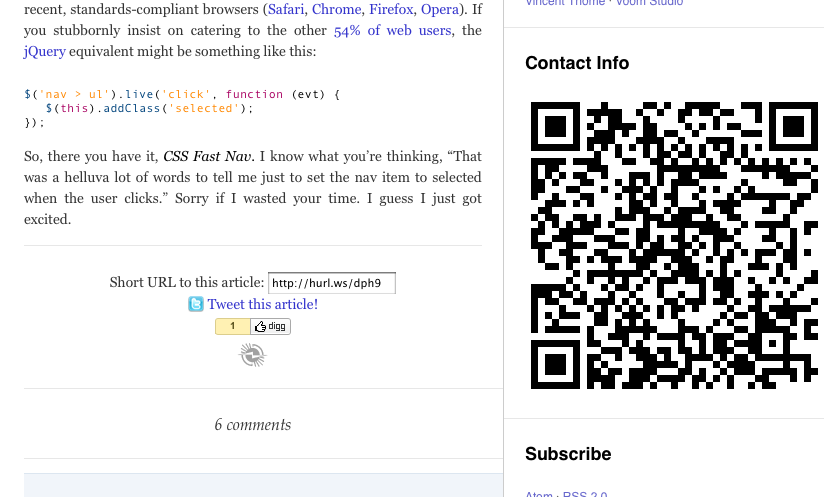
Hey, since you're reading my website, shouldn't you also put your contact info in plain text? You know, something I can read with my eyes?
This is by far the worst use of QR Codes I've ever seen before! Unless you're trying to limit your customers to an exclusive (short) list of tech-savvy nerds with next-generation technology and a working knowledge of what the hell that thing is, this use of a QR Code has FAIL written all over it!
Since I happen to fall in that very short list of nerds who can decode this QR Code, I scanned it with my phone and found it contained a plethora of contact info, and my iPhone immediately attempted to make a new contact with the data I'd scanned in. So, it does appear to work as desired. (FTW?) Of course, since I didn't know this guy, I deleted the contact immediately. (FAIL!)
A better use would have been plain text (readable by all), or a link to a .vcf download, as the computer you're using to surf the site might recognize the format as a business card format.